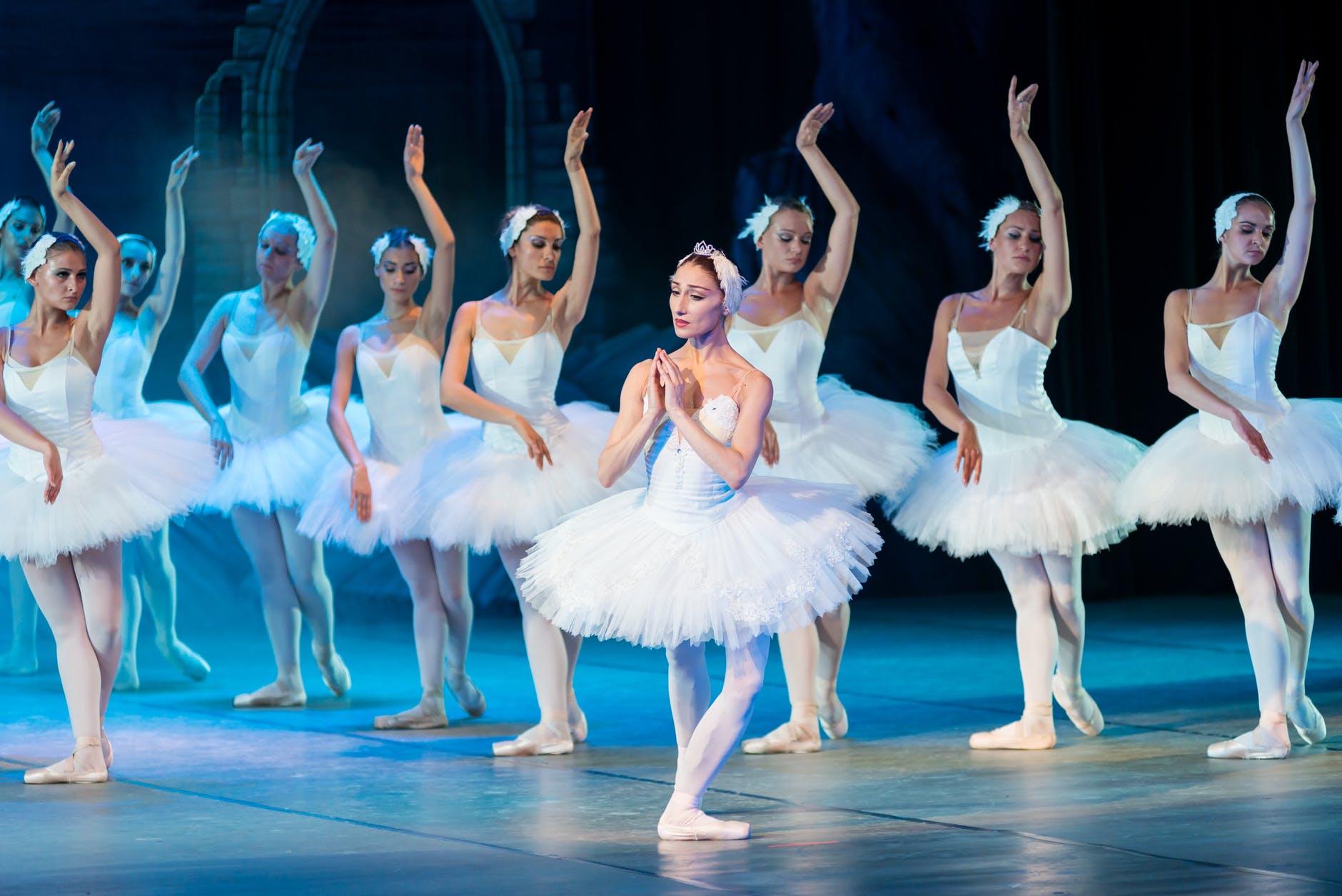Introduction
Copyright law, broadly, provides protection for creative works. The most cited of these are literary and artistic works, but music, cinematography etc. are also protected under the act. One of the primary requirements for protection in these cases is the fixing of the work into a tangible medium- ie, if it’s in the head of the author, a work is not copyrightable. This takes us into a specialized area regarding the rights of musicians, actors, and other artists whose creativity lies in their performance.
Established Rights
The term performer finds mention in the Copyright Act, giving clarity and lucidity as to who may fall within the scope and purview of a performer and be taken into consideration while interpreting the sections. Defined under section 2(qq), the definition of a performer is as follows-
“ “performer” includes an actor, singer, musician, dancer, acrobat, juggler, conjurer, snake charmer, a person delivering a lecture or any other person who makes a performance;…”

So if any person engages in any sort of performance, certain rights are guaranteed to them by virtue of this act. As we already know this definition was added vide the 1994 amendment. The idea of performer’s rights finds itself mentioned under the definition of “performance” under section 2(q). Though the nature and extent of the right that are given to the performers are further explained under section 38A of the act which is as follows-
“38A. Exclusive right of performers.— (1) Without prejudice to the rights conferred on authors, the performer’s right which is an exclusive right subject to the provisions of this Act to do or authorise for doing any of the following acts in respect of the performance or any substantial part thereof, namely:—
(a) to make a sound recording or a visual recording of the performance, including—
(i) reproduction of it in any material form including the storing of it in any medium by electronic or any other means;
(ii) issuance of copies of it to the public not being copies already in circulation;
(iii) communication of it to the public;
(iv) selling or giving it on commercial rental or offer for sale or for commercial rental any copy of the recording;
(b) to broadcast or communicate the performance to the public except where the performance is already broadcast.
(2) Once a performer has, by written agreement, consented to the incorporation of his performance in a cinematograph film he shall not, in the absence of any contract to the contrary, object to the enjoyment by the producer of the film of the performer’s right in the same film:
Provided that, notwithstanding anything contained in this sub-section, the performer shall be entitled royalties in case of making of the performances for commercial use.”
If we take an overall look at the above provisions, it may be concluded that a performance is made by performers who have a special right known as the performers’ rights in relation to their performance under section 38 of the act. These rights grant protection to non-fixed and live performances of the performers for the public, giving the exclusive right to fixing the tenure of performance 50 years beginning in the calendar year following the year in which the performance was made. Though section 38(4) excludes the performers from any rights in a certain performance if he has consented to the incorporation of his performance in any audio visual fixation or cinematographic film.
Limitations
On the contrary section 39 comes as an exception to the provision of section 38(3), which mentions acts which constitute infringement of performers’ rights. It acts as an umbrella section which covers broadcast reproduction rights and also performers’ rights. It states that-
“39. Acts not infringing broadcast reproduction right or performer’s right.— No broadcast reproduction right or performer’s right shall be deemed to be infringed by—
(a) the making of any sound recording or visual recording for the private use of the person making such recording, or solely for purposes of bona fide teaching or research; or
(b) the use, consistent with fair dealing, of excerpts of a performance or of a broadcast in the reporting of current events or for bona fide review, teaching or research; or
(c) such other acts, with any necessary adaptations and modifications, which do not constitute infringement of copyright under section 52.”
Section 52 deals with the fair dealing provision and acts as an exception to the infringement action. By giving a thorough reading of sections 38A and 39 along with its clauses we come across the exclusive rights granted to a performer which are as follows-
- Right to make a sound recording or visual recording
- Right to reproduce such sound recording or visual recording
- Right to broadcast the performance
- Right to communicate such a performance
Moral Rights
There is another category of rights is also mentioned under the Act, known as moral rights. These were incorporated from the Berne Convention. The legislature has widened the ambit and now has a more flexible interpretation. There are two kinds of moral rights given to a performer. According to the act, it mentions that a performer of a performance will independently, even after assigning his right, either wholly or partially have the right-
- To claim to be identified as the performer of his performance
- To restrain or claim damage in respect of any distortion, mutilation or other modification of his performance that would be prejudicial to his reputation
It means that the performer has the privilege to control the harms in regard of any twisting, mutilation or other alteration of his performance. These rights are solely granted to a performer and no one could exploit them without the consent of the performer.
Author: Debarati Mukherjee, Legal Intern at PA Legal.
In case of any queries, kindly contact us here.